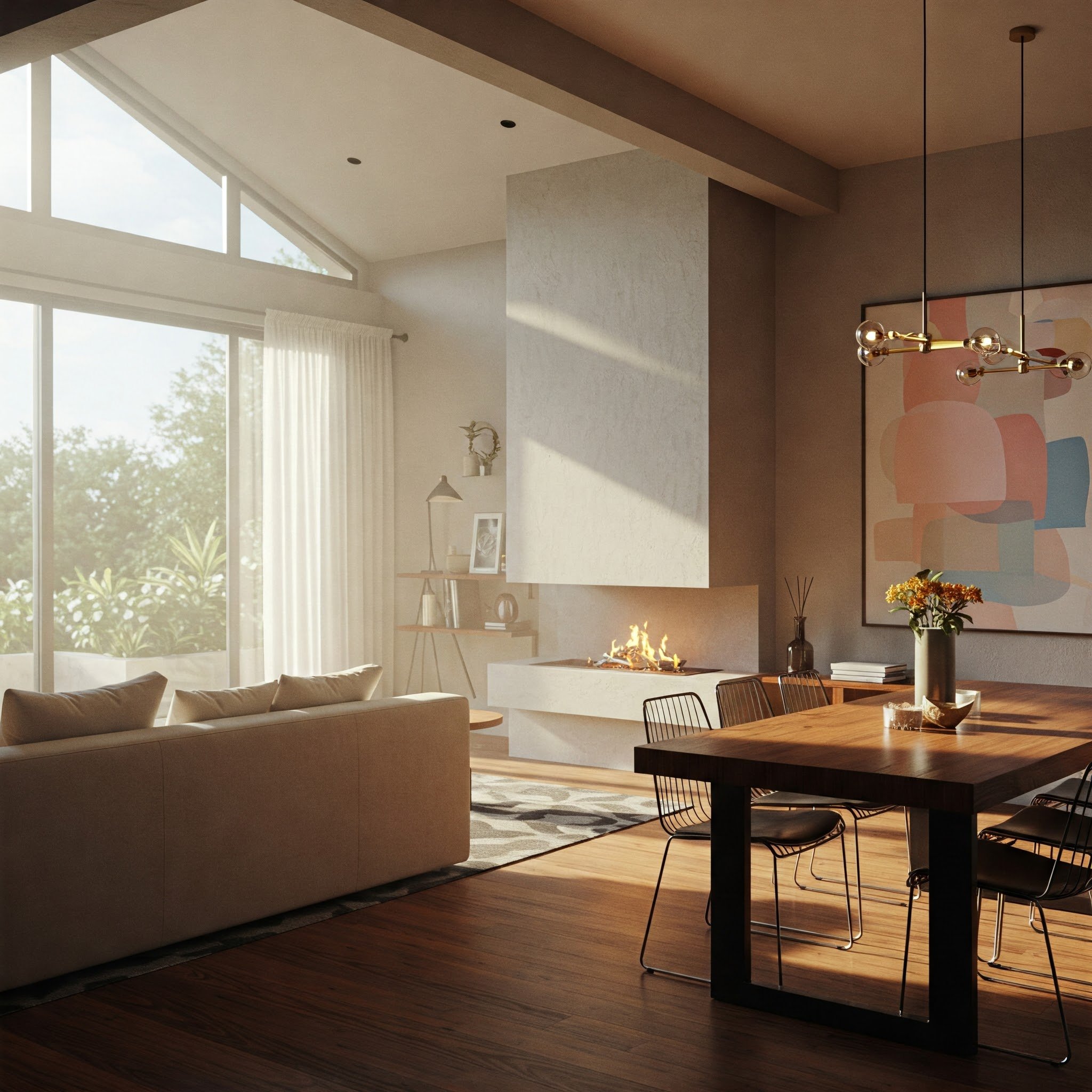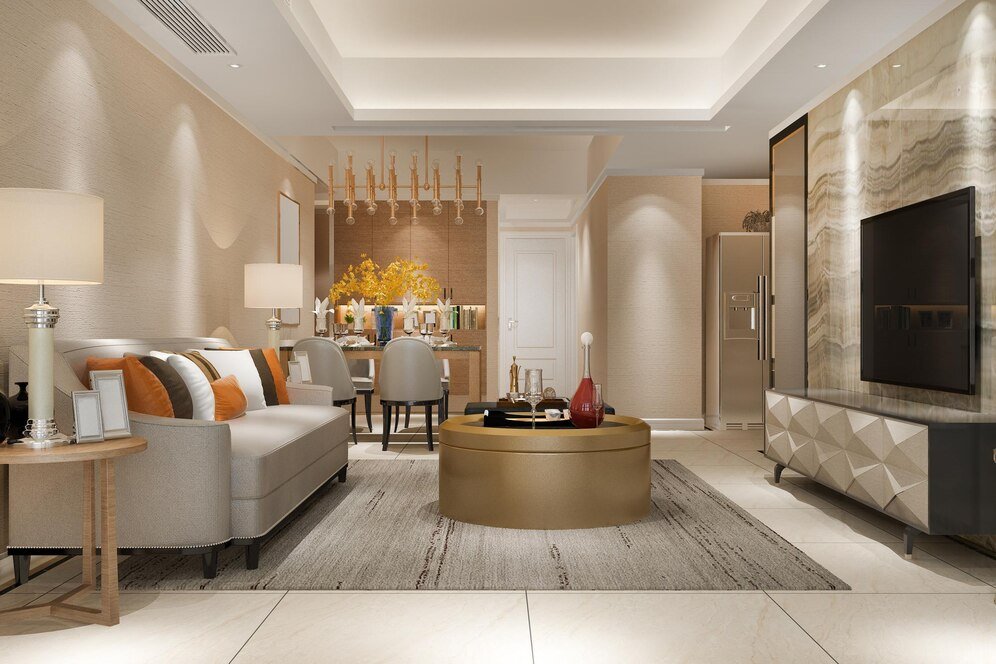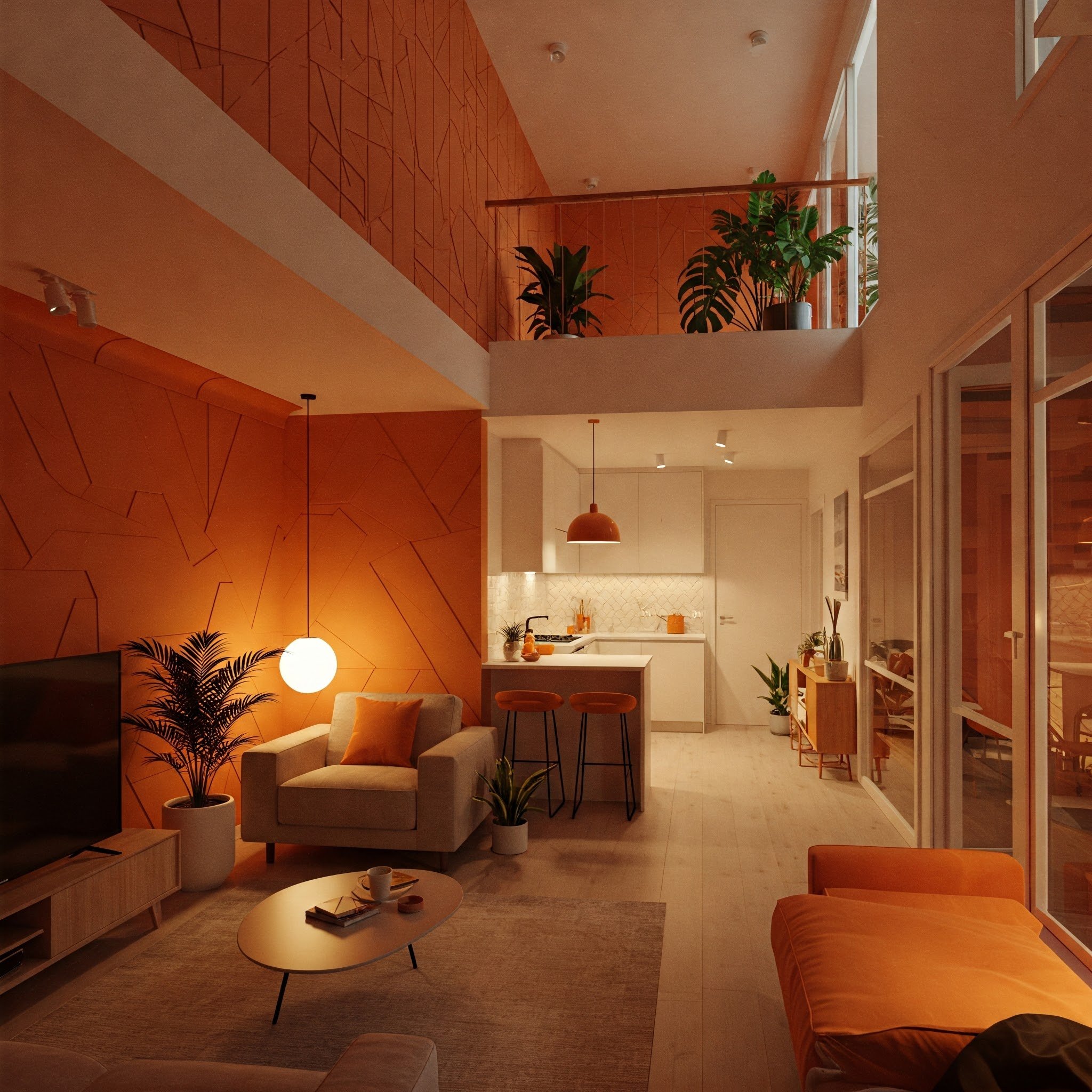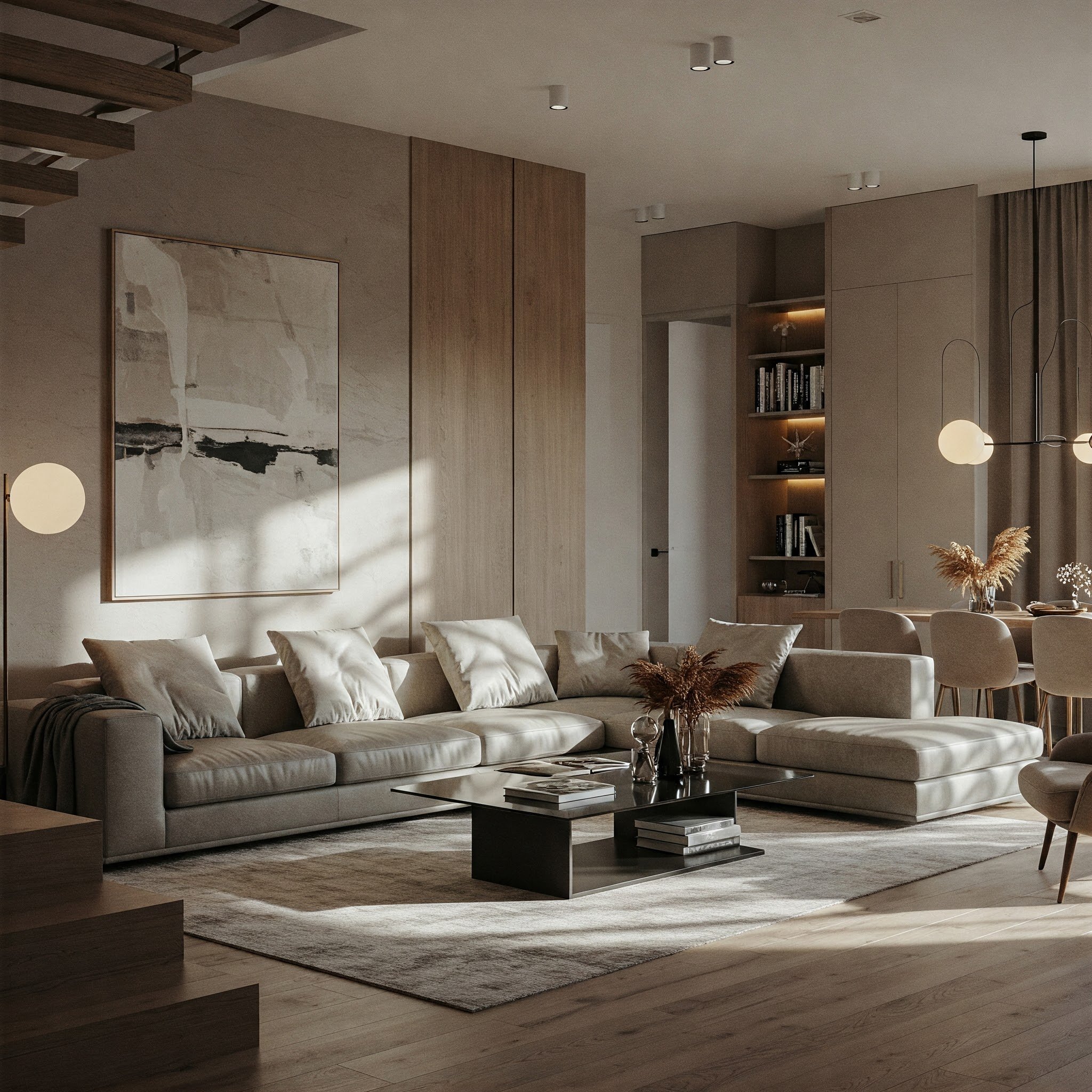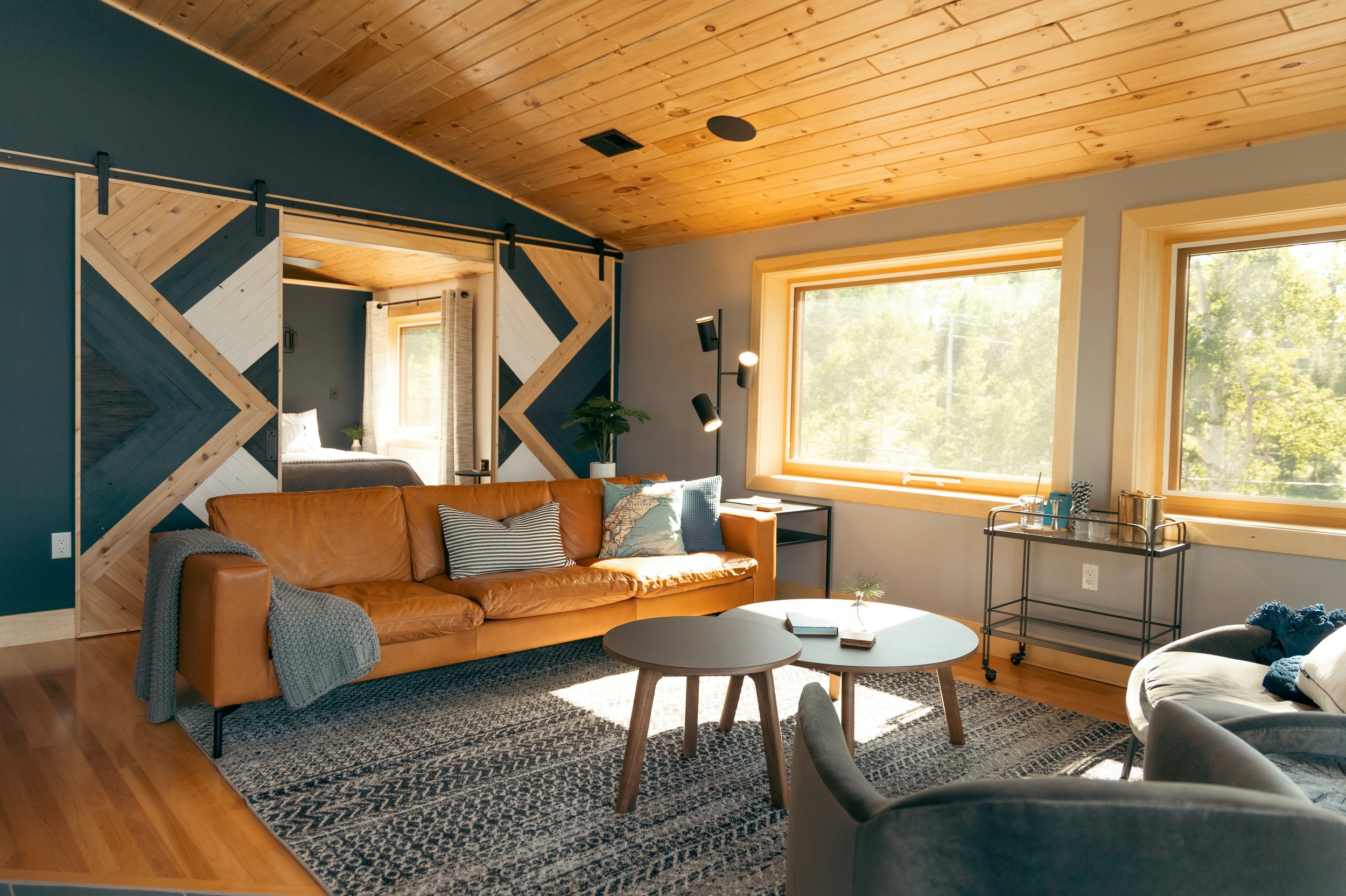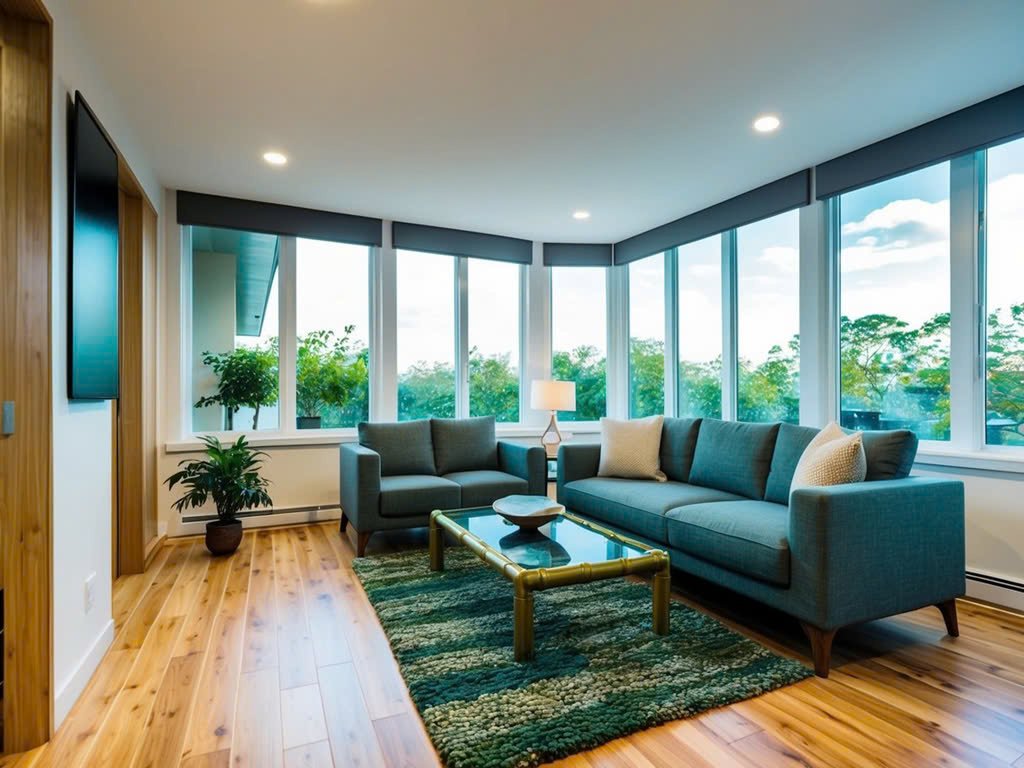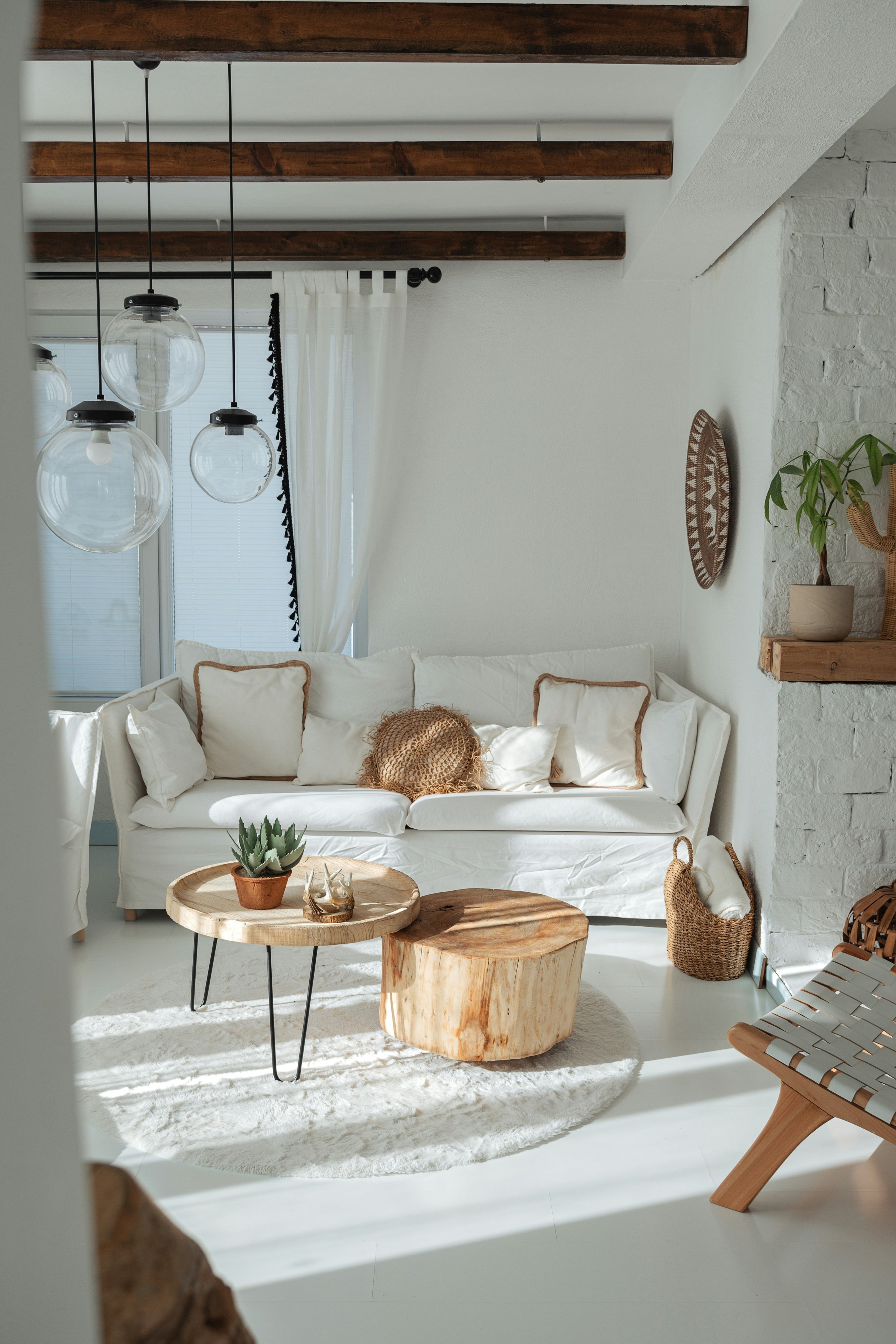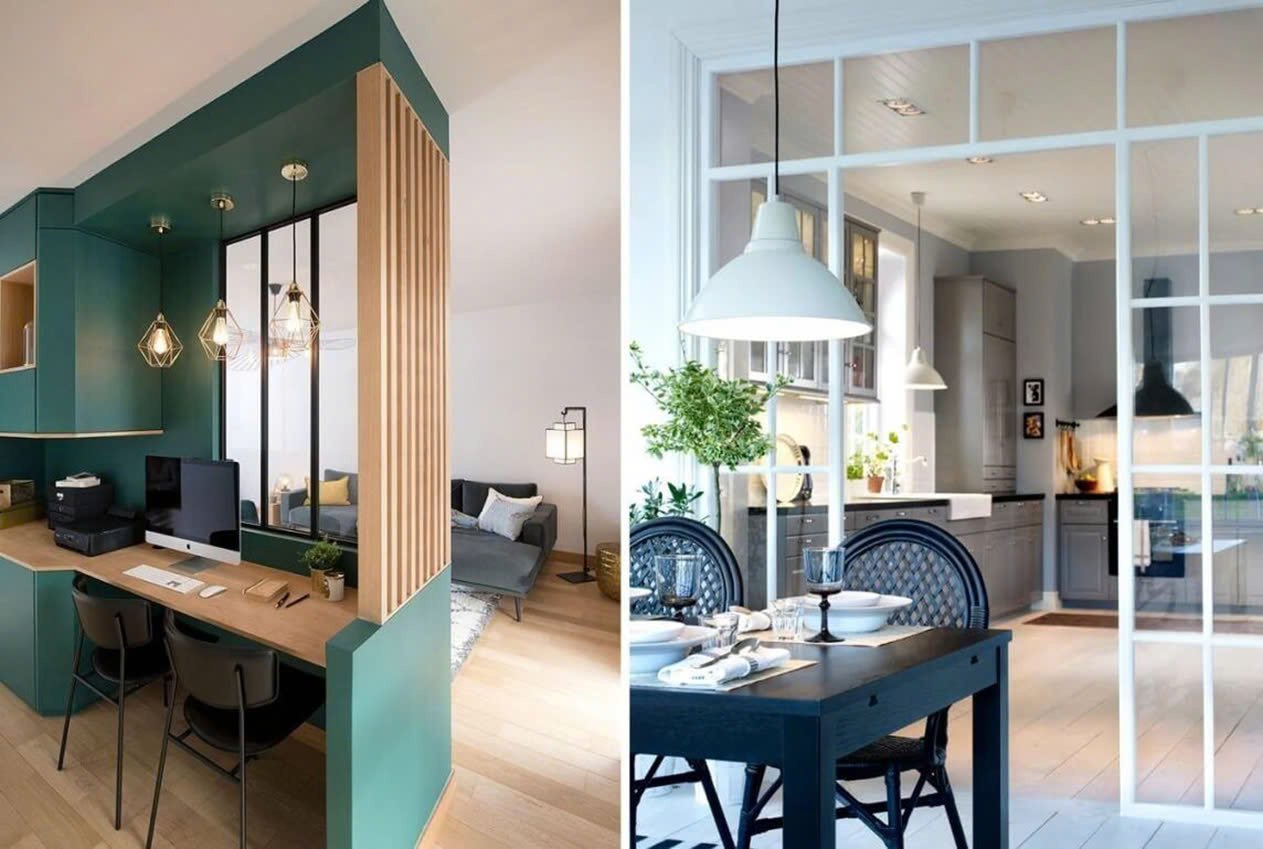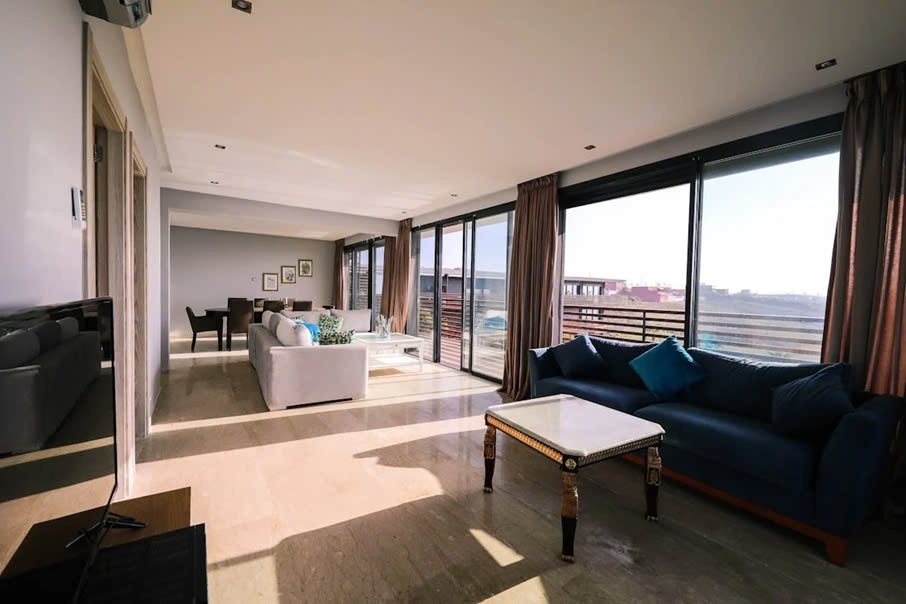AI Enhancing Interior Spaces with Sound: The Role of Audio Translation in Modern Design
Discover how AI-driven audio translation enhances interior spaces, creating immersive and adaptive soundscapes in modern design.
Interior design is not just about aesthetics; it’s also about creating a sensory experience that enhances the functionality and ambiance of a space. While visual elements like color, lighting, and furniture play a vital role, sound is an often-overlooked aspect that can significantly impact how people interact with and perceive a space. One of the most innovative trends in modern design is the integration of audio translation technology, which improves accessibility and user experience in both residential and commercial settings. This article explores how audio translation can be seamlessly incorporated into interior spaces to create a more immersive and inclusive environment.
The Importance of Sound in Interior Design
Sound can transform the way a space feels, influencing emotions, communication, and even productivity. Whether it's soft background music in a luxury lounge or noise-canceling elements in a workspace, the role of acoustics in interior design is crucial. Here’s why:
● Enhancing Mood and Atmosphere: Certain sounds can evoke emotions and set the tone for an environment. For instance, a spa may use calming water sounds, while a retail store might play upbeat music to energize shoppers.
● Improving Communication: In public spaces, clear acoustics are essential for conversations, presentations, and overall comprehension.
● Boosting Productivity and Comfort: Offices and co-working spaces benefit from soundproofing and background white noise to improve concentration and minimize distractions.
● Facilitating Accessibility: Audio translation technologies help break language barriers, making spaces more inclusive for diverse audiences.
How Audio Translation Enhances Interior Spaces
1. Multilingual Audio Guides in Public and Commercial Spaces
One of the most practical applications of audio translation in interior design is the use of multilingual audio guides in places like museums, hotels, and exhibitions. Instead of relying solely on printed materials, visitors can access real-time audio translations in their preferred language, improving comprehension and engagement.
Key Benefits:
● Enhances visitor experience with easy-to-follow multilingual guidance.
● Reduces the need for excessive signage, keeping the space visually uncluttered.
● Encourages global accessibility, catering to international guests and tourists.
2. Smart Home Integration: Personalized Audio Experiences
Smart home technology is revolutionizing the way people interact with their living spaces. With the help of an AI development services provider, you can add advanced AI-powered voice assistants and audio translation features for making homes more interactive and user-friendly.
Examples of Integration:
● Smart Speakers with Translation Capabilities: Devices like Amazon Echo and Google Nest provide real-time translation, allowing seamless communication for multilingual households.
● Multi-Room Audio Systems: Enables residents to receive translated instructions or entertainment in different languages across various rooms.
● Automated Voice-Controlled Features: Supports individuals with disabilities by offering verbal navigation and commands in multiple languages.
3. Acoustic Design for Optimal Sound Quality
When incorporating audio translation systems, the acoustic properties of a space should be carefully considered to ensure clarity and effectiveness. Poor acoustics can lead to echoing, distortion, or loss of important details in translation.
Design Considerations:
● Sound-Absorbing Materials: Carpets, upholstered furniture, and acoustic panels reduce noise reflection, enhancing clarity.
● Strategic Speaker Placement: Ensuring even sound distribution across a space prevents audio dead zones.
● Noise-Canceling Features: Minimizing external noise helps improve the accuracy of voice recognition and translation tools.
4. Audio Translation in Corporate and Educational Spaces
Incorporating real-time audio translation in corporate offices, conference rooms, and educational institutions is a game-changer for global communication.
Implementation Strategies:
● Conference Rooms with Live Translation: Businesses conducting international meetings benefit from AI-powered translation headsets or real-time subtitling tools.
● Lecture Halls with Multilingual Support: Universities and training centers can use translation-enabled microphones or e-learning platforms to accommodate diverse student populations.
● Retail and Hospitality Sectors: Hotels, shopping malls, and restaurants use audio translation to guide international customers, enhancing their experience.
Future Trends in Audio Translation and Interior Design
As technology continues to evolve, the integration of AI, IoT, and machine learning in audio translation will further enhance the way people interact with their surroundings. Some promising future developments include:
● Wearable Translation Devices: Compact, AI-driven earpieces that provide real-time translation without requiring bulky equipment.
● Augmented Reality (AR) and Virtual Reality (VR) Integration: Creating immersive, multilingual experiences in museums, showrooms, and virtual tours.
● Personalized Acoustic Environments: AI-driven systems that adapt sound and translations based on user preferences and behavior.
Conclusion
The fusion of audio translation and interior design is transforming modern spaces into more accessible, interactive, and user-friendly environments. Whether in public venues, homes, offices, or retail settings, integrating multilingual audio solutions enhances communication, improves experiences, and ensures inclusivity for diverse audiences. As technology advances, the seamless blending of sound and design will become an essential aspect of creating spaces that cater to global users.
For architects, designers, and business owners, embracing audio translation as a part of interior planning is not just a trend—it’s a forward-thinking approach to modern, inclusive design.
